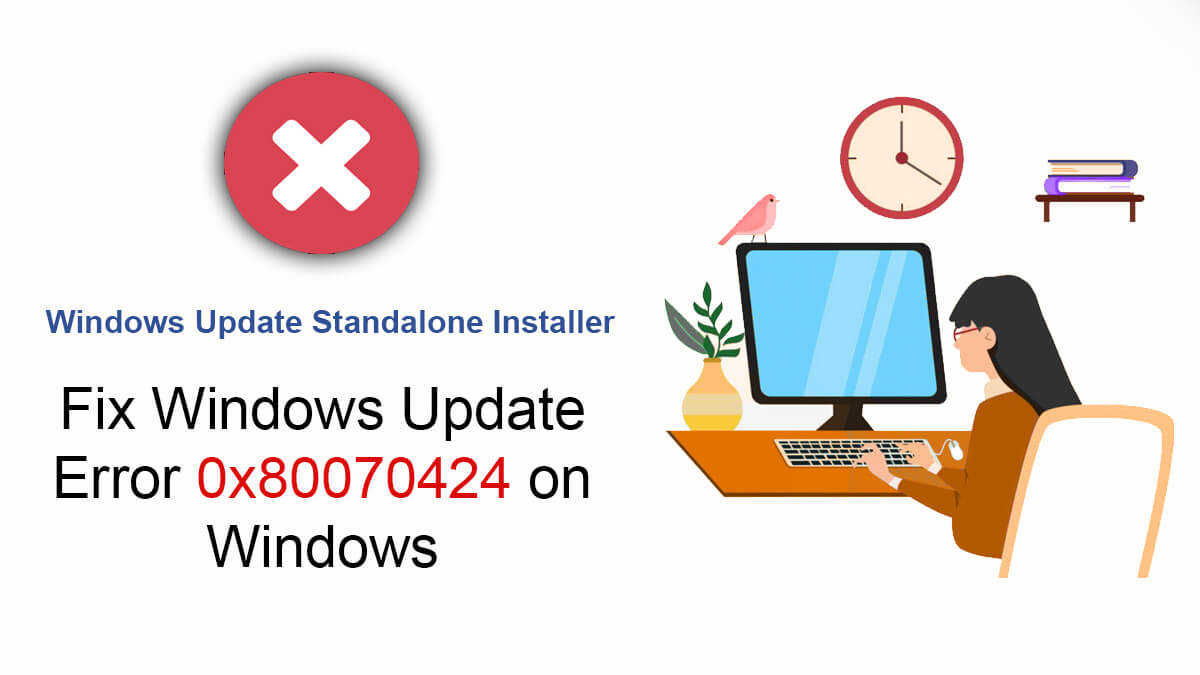
How to Fix Error Code 0x8007041d on Windows 10/11?
You’re midway through a critical Windows Update or installing Defender definitions—and suddenly this pops up:
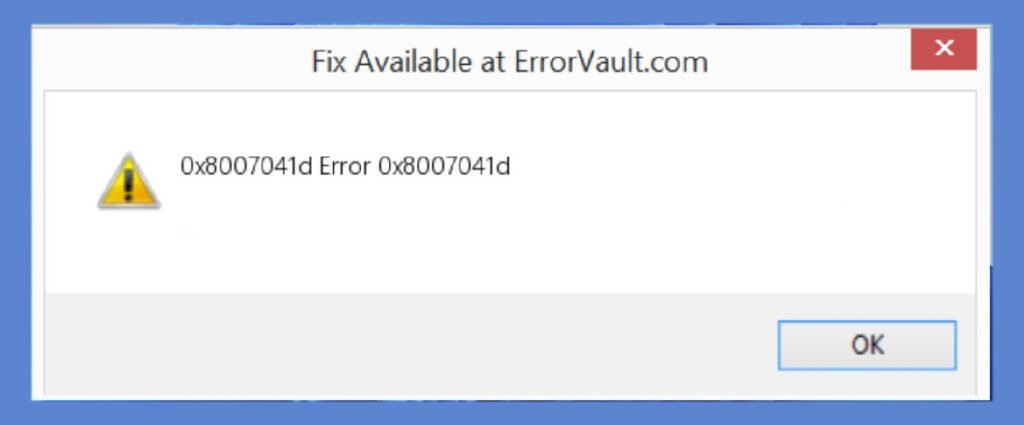
“Error Code 0x8007041d”
No context. No explanation. Just frustration. This vague error appears across many scenarios, from system updates to installations and antivirus updates. But guess what? You’re not alone—and this guide will walk you through resolving it, no matter which part of Windows is failing.
Table of Contents
Understanding Error Code 0x8007041d
At its core, 0x8007041d means Windows tried to start a required service, but it timed out or failed. This usually involves services like Windows Update, BITS, Cryptographic Services, or Windows Defender update services not responding in a timely fashion. It’s the high-level signal that “something blocked the service.”
Sources like miniTool underscore that this error commonly occurs across variants—update failures, Defender install failures, Microsoft Store installations, VirtualBox launches, or even Xbox apps.
Common Scenarios Where 0x8007041d Appears
Now, when does the error appears?
1. Windows Update Fails
You attempt to install a security update. The process gets hung. All you see is “0x8007041d.” Often, the error is tied to update services being disabled, corrupted, or blocked by third-party software.
2. Microsoft Defender Update Error
If Defender fails to fetch new virus definitions due to a blocked service, it throws this generic error—the notorious “service couldn’t be started” message right before the code appears.
3. Microsoft Store or App Installation Issues
Installing or updating Micrsoft Store apps—even unrelated ones—can fail with the same error when underlying services are hindered.
4. VirtualBox or Virtualization Software Errors
Trying to launch a VM throws:
“Failed to acquire COM object… ERROR\_SERVICE\_REQUEST\_TIMEOUT 0x8007041D”This indicates VirtualBox can’t reach a system service it needs to run—often COM+ or auxiliary Windows services.
5. Other Trigger Points
Occasionally, activation attempts or Xbox apps on Windows machines also yield the same code—signaling broader service issues.
Real-Life Voices From the Community
“I’ve tried everything—Update troubleshooter, service resets, SFC—but 0x8007041d keeps appearing.” from Reddit users discussing update failures in Windows
Community threads frequently mention stubborn error persistence—even after basic fixes. That’s why this guide goes deeper.
Step-by-Step Troubleshooting Guide
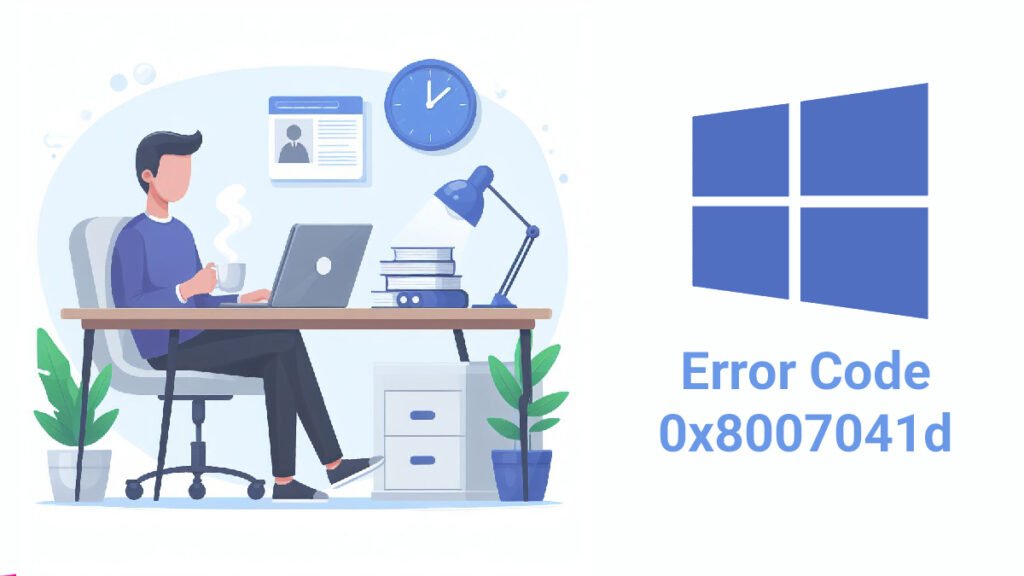
Keep this handy—each section tackles a specific variant.
A. Enable & Restart Essential Services
Use “services.msc” to locate and configure these services:
- Windows Update (wuauserv)
- Background Intelligent Transfer Service (BITS)
- Cryptographic Services (CryptSvc)
- Windows Installer (MSIServer)
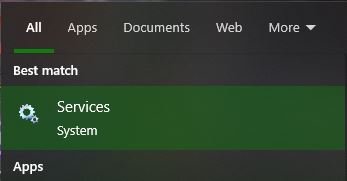
For those who don’t know how to access “services.msc” – Start > Services.
Steps:
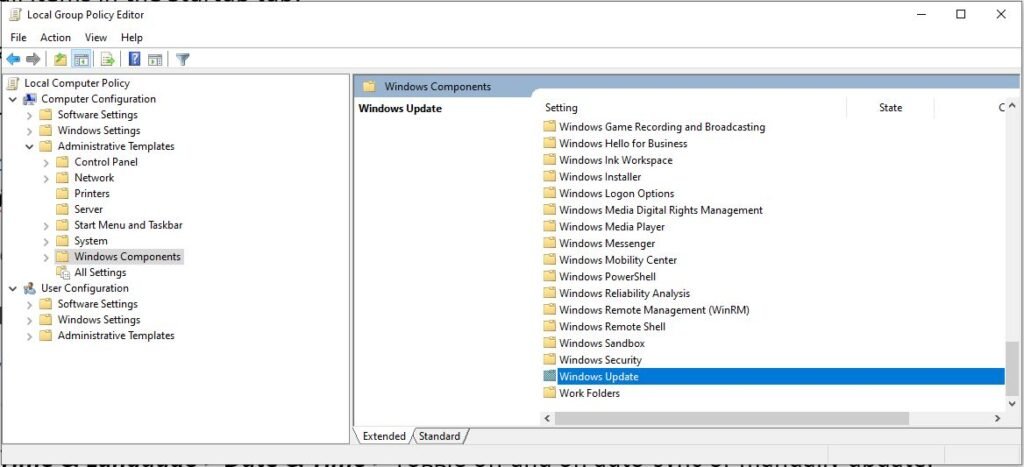
- Set each service to Manual or Automatic.
- Click Start if stopped
- After enabling all, reboot Windows and retry the original action
Often, this simple service restart means victory.
B. Run Built-In Troubleshooter
Windows > Settings > Troubleshoot > Additional troubleshooters > Windows Update.
Run it 2–3 times. This tool detects blocked services, registry anomalies, and dependency failures. Many users—achieved success here.
C. Reset Windows Update Components Manually
Run the following commands in an elevated Command Prompt:
net stop wuauserv
net stop cryptSvc
net stop bits
net stop msiserver
ren C:\Windows\SoftwareDistribution SoftwareDistribution.old
ren C:\Windows\System32\catroot2 catroot2.old
net start wuauserv
net start cryptSvc
net start bits
net start msiserver Then run:
DISM /Online /Cleanup-Image /RestoreHealth sfc /scannowRelated Topic: Use System File Checker (SFC) Command on Windows
Restart the system. This clears corrupted caches and forces Windows to download fresh update file.
D. Clean Boot to Eliminate Third-Party Interference
1. Open “msconfig”, enable Selective startup.
2. Disable all items in the Startup tab.
3. Reboot and retry the update/install
If successful, re-enable items one by one to identify the culprit.
E. Group Policy Settings Check
Use “gpedit.msc” > go to:

Computer Configuration > Administrative Templates > Windows Components > Windows Update.
Ensure no policies are set to Disabled—all should be Not Configured.
F. Check System Time & Date
Wrong time settings can confuse Windows activation or update servers. Set the system clock:
Settings > Time & Language > Date & Time > Toggle off and on auto-sync or manually update.
Several confirmed cases resolved after correct time adjustments.
G. Windows Defender Update Variant
If Defender is the issue:
- Disable third-party antivirus temporarily
- Restart services like Windows Defender Update Service, Windows Defender Service, BITS, and CryptSvc.
Optionally, download and install definition updates from Microsoft manually
H. VirtualBox & COM+ Service Rehab
Needed for virtualization:
- Enable Virtual Machine Platform from Windows Features
- Ensure COM+ System Application service is running
- End any hanging VBox background process
- Backup and delete “%USERPROFILE%\.VirtualBox\VirtualBox.xml”, reinstall VirtualBox, and reboot.
I. App & Store Installation Errors
For Store apps or registry-related failures:
- Run “wsreset.exe” to clear Store cache
- Reregister DLLs like “jscript.dll”, “vbscript.dll”.
- If persistent, reinstall the app in Safe Mode.
Case Study: How Josh Resolved His Persistent 0x8007041d
Josh upgraded from Windows 20H2 to Windows 22H2 and updates failed repeatedly. Actions taken:
1. Ran the Windows Update troubleshooter—no luck
2. Manually reset update components; rebooted
3. Completed “sfc” and “DISM” scans
4. Found a corporate policy tool that blocked updates—uninstalled it
5. Clean boot confirmed the blocking app
6. After reboot, updates installed smoothly
Lesson: isolate external tools, fix corrupted files, restart services—repeat until success.
Quick-Fix Reference Table
| Scenario | Recommended Fix |
|---|---|
| Windows Update failures | Reset services, delete distribution folder, run SFC/DISM |
| Defender update blocked | Disable antivirus, restart Defender & update services |
| Store/app install issues | Reset services, run wsreset, re-register DLLs |
| VirtualBox error | Enable VM Platform, fix COM+ services, reinstall VBox |
| Activation/blocking policies | Remove security tools, run Activation Troubleshooter |
Preventive Tips — Stop It Happening Again
- Never uninstall Defender services unless required.
- Use trusted security tools and uninstall them fully when done.
- Clean update caches every couple months.
- Run built-in repair tools quarterly via Task Scheduler.
- Keep BIOS/UEFI time synced for accurate update checks.
When Nothing Works
If nothing works, escalate:
- Uninstall recent Windows updates (Settings > Update history).
- Use System Restore to go back.
- Run a Windows Repair Install / “Fresh Start”.
Final Thoughts — From Error to Execution
Error code 0x8007041d may seem vague, but with a methodical approach—servicing interruptions, resetting update components, eliminating interference—you can reclaim control of Windows. Remember: persistence and structured diagnosis wins the day.
Share your Windows version and error context in the comment section so others might help or might be experienced same issues and help you to solve it. Our team offered best guidance possible for 0x8007041d – if your system is not fixed, then comment to get your system back on track, safely and quickly.

